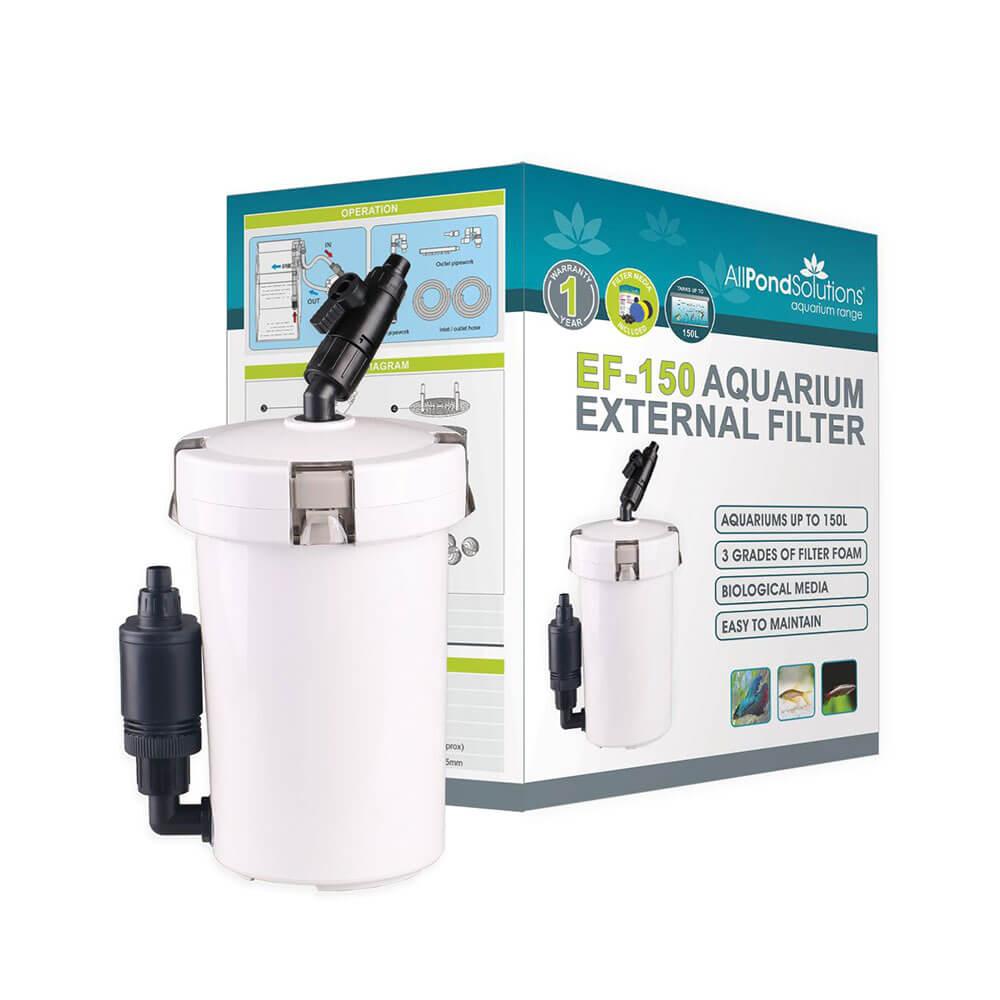Beginners guide : Rift Lake Cichlids
Rift Valley Cichlids are a beautifully varied species of fish ranging in sizes and colours from the deepest blues to the brightest reds and yellows and can grow anything from 4” to 12” and beyond.
These fish are arguably some of the most charismatic fish in the world and although aggressive and not suitable for a general community tank if they are kept in suitable numbers their aggressive tendencies can be quelled and a (mostly) harmless tank of these beautiful cichlids can be created much to the benefit of the aquarist.
Water Quality
Many of these fish are (for the most part) very hardy, to get the best colours out of them it is advised to keep them at their native water parameters.
Malawi – ph 7.4 – 8.6
Tanganyika – ph 7.8 - 9.0
Victoria – ph 7.2 – 8.6
Many people tend to unknowingly mix at least Malawi and Victoria species so a recommended range of 7.8-8.0 is advised. Due to the high levels of pH in comparison to ‘typical’ freshwater species who prefer 7.0 African Cichlids also prefer higher levels of water hardness of around 10-12° kh.

Aquascaping
So when setting up how should your tanks look? Large rocky boulders with plenty of caves and tunnels. The more of these that you provide the easier it is to dissipate aggression. Many people use a crushed coral/shell substrate to help buffer the pH of the water however the natural habitat is a sandy base, pH boosting is then done through artificial boosting or natural conditioning water levels should be monitored as previously mentioned. Make sure that all rockery is firmly placed, and use egg crate if you feel it is necessary to protect the bottom of the tank against damage as any digging can cause rocks to slip if placed solely on the gravel. Finally, you may want to make sure you have heater guards in use (unless you use inline heaters with your external filtration).
Breeding
For the most part breeding of these specimens in the commonly available species is easily achieved be they mouth brooders or substrate spawners. However, a warning must be given that aggression may rise when fry are around. Due to the rocky habitat, many of these cichlids (known as mbuna to the local population) come from, the males will tend to defend their rocky territories rarely letting other fish near unless fertile female swims by. Be wary however as even after laying the male will harass the female further for a short while.
Diet
In terms of diet, many rock faring rift valley cichlids are highly vegetarian and will require a diet of <45% protein. Avoid feeds of bloodworm, shrimp and krill at most feed mysis and daphnia sparingly (once a week). Grazing foods such as seaweed sheets and high-quality vegetable matter such as peas should be fed as a treat and then a low protein flake / pellet in small feeds throughout the rest of the week.
Many aquarists have medium to high stocking densities when dealing with cichlids. By restricting their ability to create large territories you can reduce aggression. However, this does come with the caveat that extra filtration is required above the standard tank recommendations and feeding must be controlled.
Keep an eye out in the future for blog posts about the species residing within the African lakes!!
